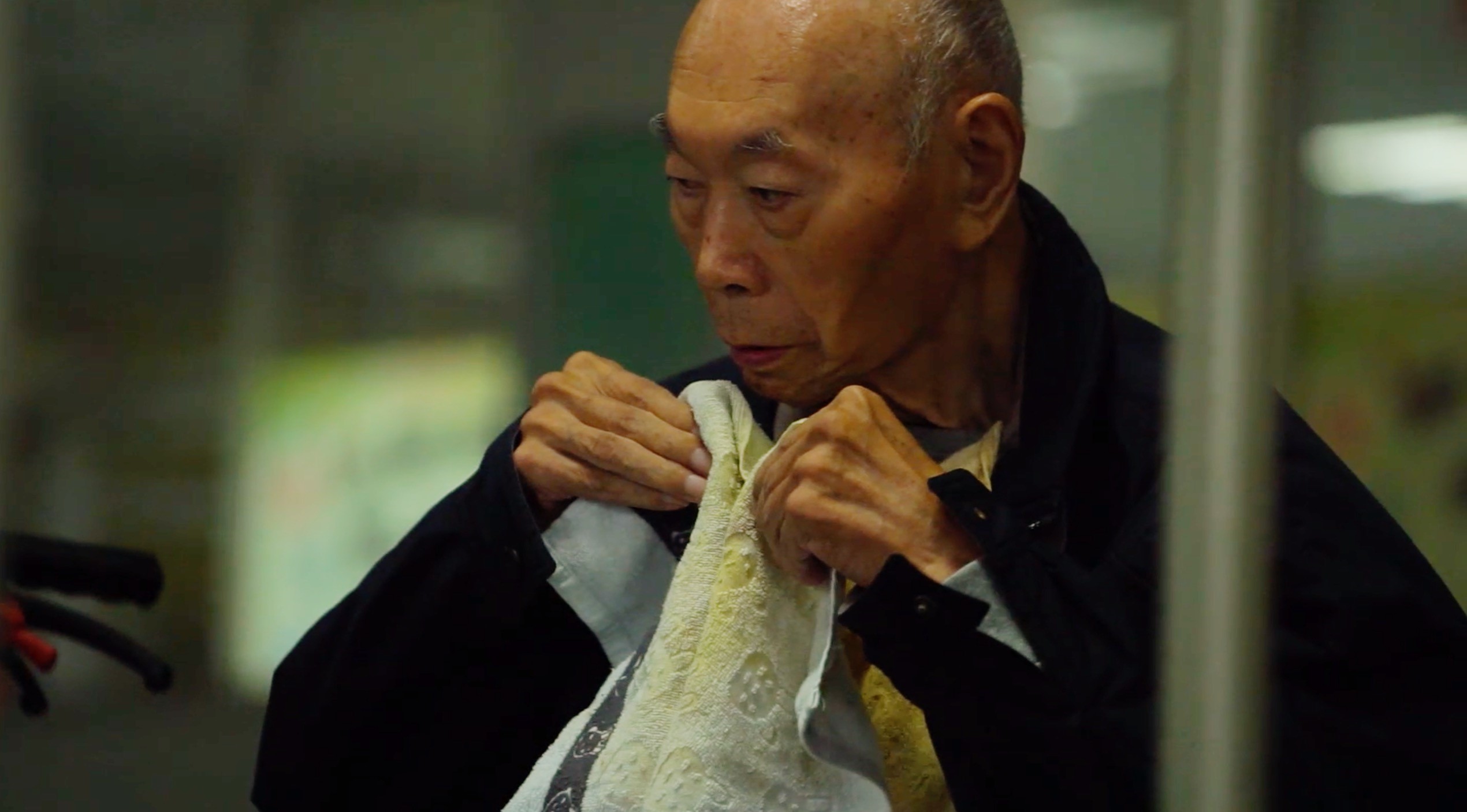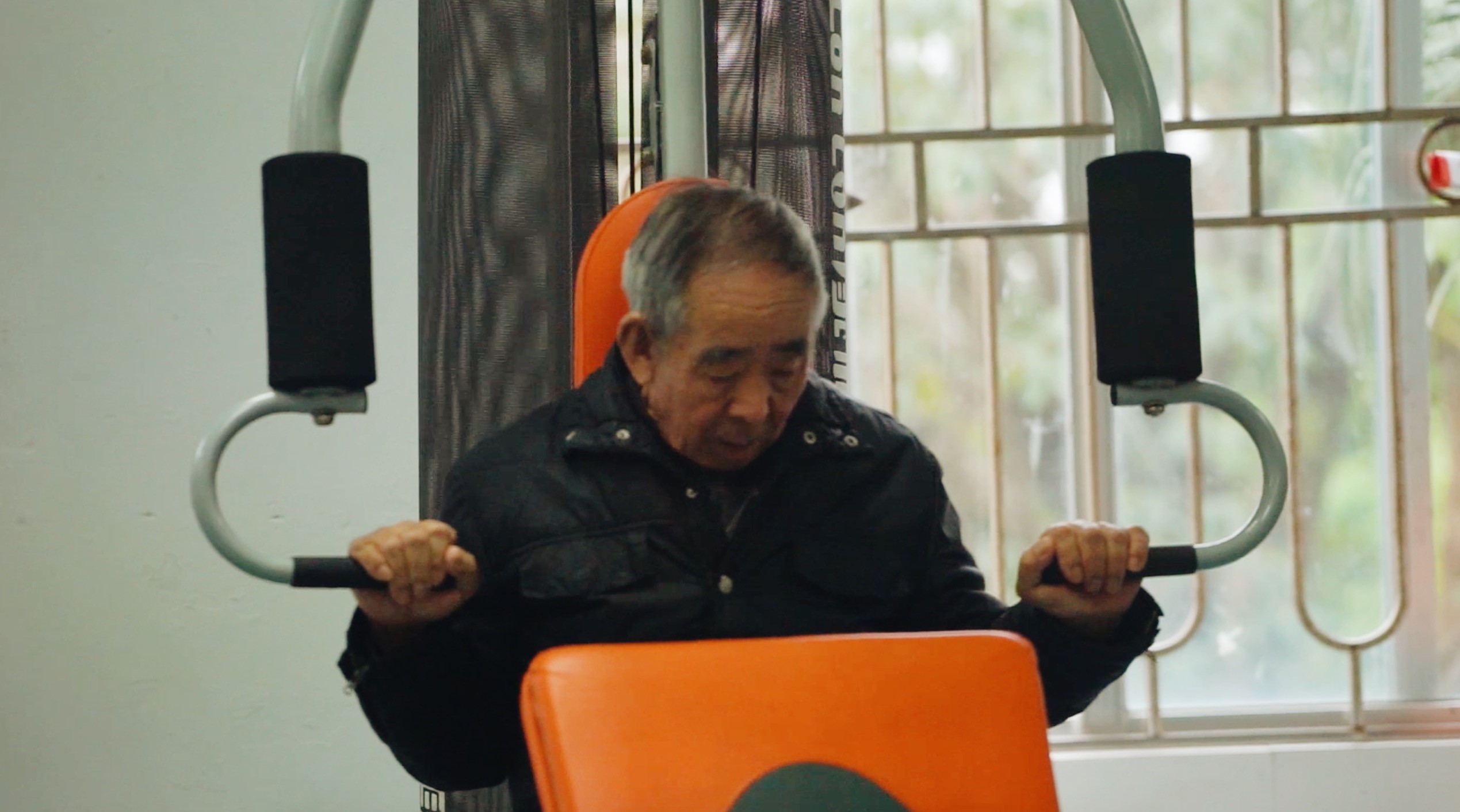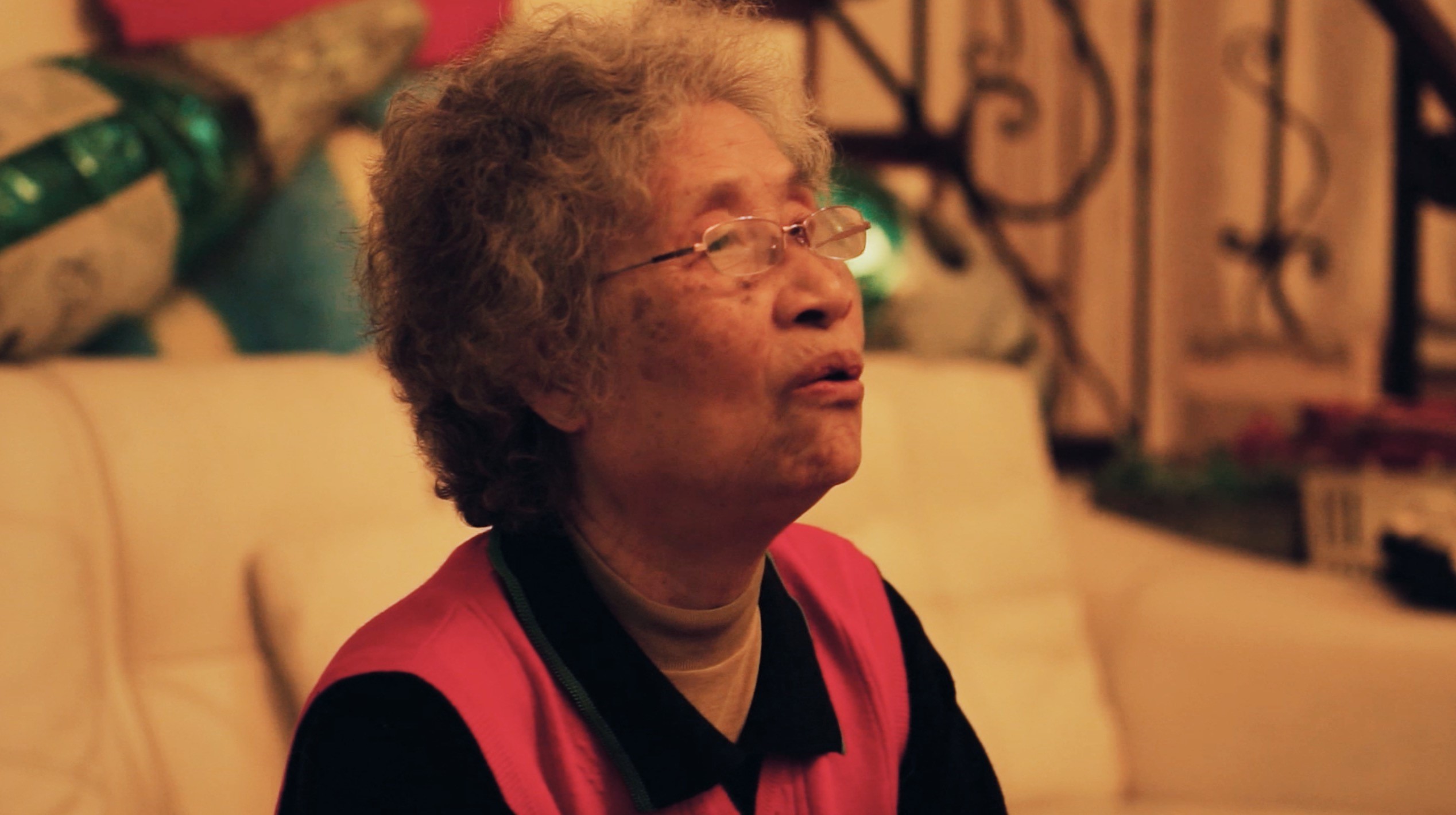
Stanford e-China endowed me with a lifelong thinking-into-action mindset—Design Thinking. Over the ten weeks,” Stanford e-China (SeC) exposed us to cutting-edge technologies touching the many corners of the global society: health tech, green tech, finance tech, artificial intelligence and on and on. Sitting in front of our small display screens, we travelled miles and miles from different Chinese cities to meet at the door of the Silicon Valley. Along this academically rigorous journey, the Design Thinking mindset braced our flight. At the same time, a spirit of collaboration pushed us further and higher, reaching inspiring stories of experts in various tech fields.
From friendly classmates to amiable instructors to prestigious professors, every individual in our SeC family was full of friendliness and insight, the key to the unceasing flow of energy that perpetuated the whole course. The program’s encouraging theme accentuated the spirit of ‘coopetition’ between the world’s two tech giants: the United States and China. The reading materials instructor Carey Moncaster helpfully provided strengthened my global awareness, delving into interesting U.S.-China “coopetitive” innovations in, for example, industrial (semiconductor chains) and green (renewable energy resources) technologies.
Another memorable takeaway was the spirit of the whole cohort. The class never ran out of questions and discussions. Each student being intellectually curious, we hit on meaningful questions that unveiled greater nuances about the topics; our patient and enthusiastic instructors and professors always provided rich explanations, juicing up the content with animated examples and demonstrations. Every one of us, students and teachers, is sincere and passionate about sharing personal perspectives and learning from each other. Without a doubt, the learning atmosphere of SeC boosted my confidence and engagement in academic discussions and highlighted the value of a cooperative, communicative classroom.
Yet another high spot of the program was the exciting collaboration between our cohort and students from another course, the China Scholars Program (CSP). Before the collaboration session, it was intriguing to learn how Stanford supported students across the U.S. to probe into the Chinese cultural, social, and political contexts. Distanced miles apart over the Pacific Ocean, it was a golden opportunity for us, both American and Chinese students, to work together, cross-culturally, on the global issue of environmental sustainability. Despite these significant cultural gaps, it was inspirational and warming to find existing bonds among us: we have the unanimous aim as global citizens to protect Mother Planet and promote a spirit of collaboration. In fact, the clashes and exchanges of perspectives resulting from our social and cultural gaps fruitfully added to the diversity and progression of our ideas.
It was remarkable to see the universality of Design Thinking through the collaboration. On the one hand, the SeC cohort systematically studied and applied the different steps of Design Thinking, specifically in the scope of technological innovations. On the other hand, the CSP students closely examined the contemporary Chinese contexts, making it easy for American students to empathise with the Chinese group. Together, we devised different sustainable legislations and products, for example, pipe filter masks to reduce vehicle exhaust and fintech applications to manage crowds of people at recreation sites. The experience itself magnifies the power and significance of empathy, an essential step of Design Thinking, in every problem solution.
At the end of the course, it was an honour that my final StressOFF project (reducing Chinese teenagers’ academic stress through virtual assistant application) got acknowledged and helped identify me as one of the course’s Honorees! The journey did not end there. Genuinely concerned about Chinese high school students’ academic anxiety, I assembled a couple of schoolmates who were also interested in the topic. Together, we entered and won a neuroscience business pitching competition with our PANHUG business proposal, a hugging machine product with multi-dimensional soothing functions. But the greater importance of Design Thinking came to me later.
Near the end of the course, Ms. Moncaster brought us the book Designing Your Life, by two Stanford professors, which added a new dimension to my understanding of the Design Thinking mindset. Design Thinking can be applied to more than technological innovations or the launching of business projects. It relates to undergraduate majors, work opportunities, health routines, and relationship management. Just as technological innovations integrate into every corner of society, Design Thinking lives in every corner of life. It was such a blessing for me to join Stanford e-China and plant a Design Thinking seed.
Design Thinking is the compass of life. It is a lifelong, human-centered mindset. As a young girl who sometimes becomes directionless about the vast future waiting ahead, Design Thinking empowers me with confidence and control over my life. It pushes me to actively feel and think, empathizing and formulating what I sincerely want to pursue. Design Thinking impels us to act.
- Article|Yoyo
- Picture| Stanford SPICE


















